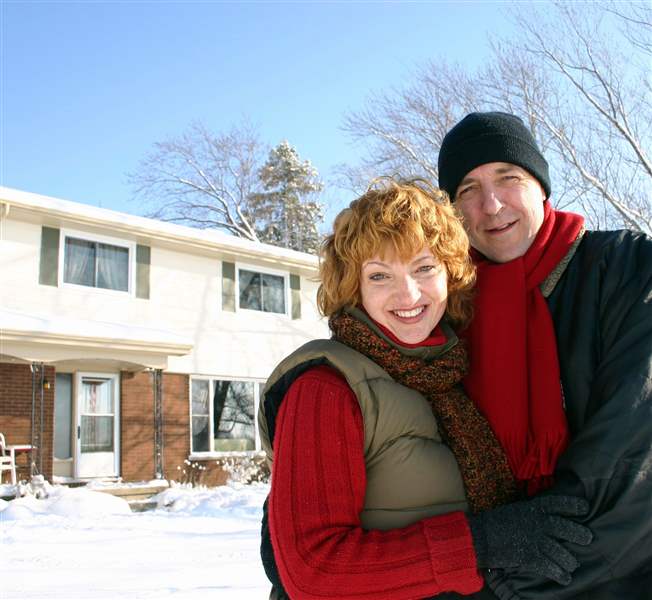
A blanket for your house: energy-efficient, insulated siding
2/17/2012

(ARA) - With a growing emphasis on eco-conscious living, homeowners recognize the importance and value of having an energy-efficient home. One essential factor for saving energy and maintaining indoor air comfort is sealing the exterior of the home. Insulation and energy-efficient windows play important roles in preventing air leaks where obvious holes are present, however, one hidden area susceptible to energy leaks is the home's framing.
"Homeowners are looking for ways to improve their home's energy performance," says Jery Y. Huntley, president and CEO of the Vinyl Siding Institute (VSI), the trade association for manufacturers of vinyl and other polymeric siding and suppliers to the industry. "A common problem with homes today is the thermal bridging effect, which can rob a home of heat and waste energy and money."
In thermal bridging, the studs act as a passageway for heat to escape. Most insulation helps seal wall cavities, but the wall studs on either side of the cavities are often left exposed, reducing the insulating value of the entire wall.
"Continuous wall insulation is crucial to fully seal the exterior and protect against heat loss," says Jerry Blais, vice president of marketing for Ply Gem, a leading manufacturer of home remodeling and building products. "Insulated siding is one solution that helps reduce the impact of thermal bridging, adding a blanket of insulation over the exposed wall studs."

Backed with polystyrene foam insulation that is integral to the panel, insulated siding such as Variform by Ply Gem CSL 600 shown here, can increase a wall system’s R-value, or thermal resistance.
Backed with polystyrene foam insulation that is integral to the panel, insulated siding can increase a wall system's R-value, or thermal resistance. The continuous insulation the siding provides over the entire wall can contribute to reducing the energy needed to heat or cool a home.
In fact, ENERGY STAR and other programs now recognize insulated siding as a valid material to reduce thermal bridging. Therefore, insulated siding is included in the checklist of products that help homes qualify to earn the ENERGY STAR Qualified Homes label.
"The recognition of insulated siding as home insulation in energy codes and energy efficiency programs legitimizes a benefit we've known for some time," says Huntley.
Beyond energy efficiency, insulated siding offers many other benefits:
* Because it is made with vinyl, insulated siding is low maintenance. It provides the look of real wood, but does not require painting or staining.
* Insulated siding is an exceptionally dry wall system, making it resistant to mold growth and deterioration due to moisture absorption.
* The foam insulation backing and wide-style clapboard design options make insulated siding an extremely durable and impact resistant cladding, while improving the exterior wall flatness for added aesthetic appeal.
Today's vinyl siding manufacturers offer insulated siding options at various price points and in an assortment of colors. Blais recommends Mastic Home Exteriors by Ply Gem Structure EPS for superior performance and a wide selection of coordinating designer accents and accessories, which can be found on www.mastic.com. Options such as Napco by Ply Gem American Essence or Variform by Ply Gem CSL 600 also offer classic styling in numerous colors.
If you are considering insulated siding for your next home improvement project, ask your contractor to download a free copy of Insulated Siding as Home Insulation: Guide for Users and Energy Raters, published by the VSI. Available at www.insulatedsiding.info, this guide offers information on how insulated siding contributes to building energy performance, as well as proper installation techniques.